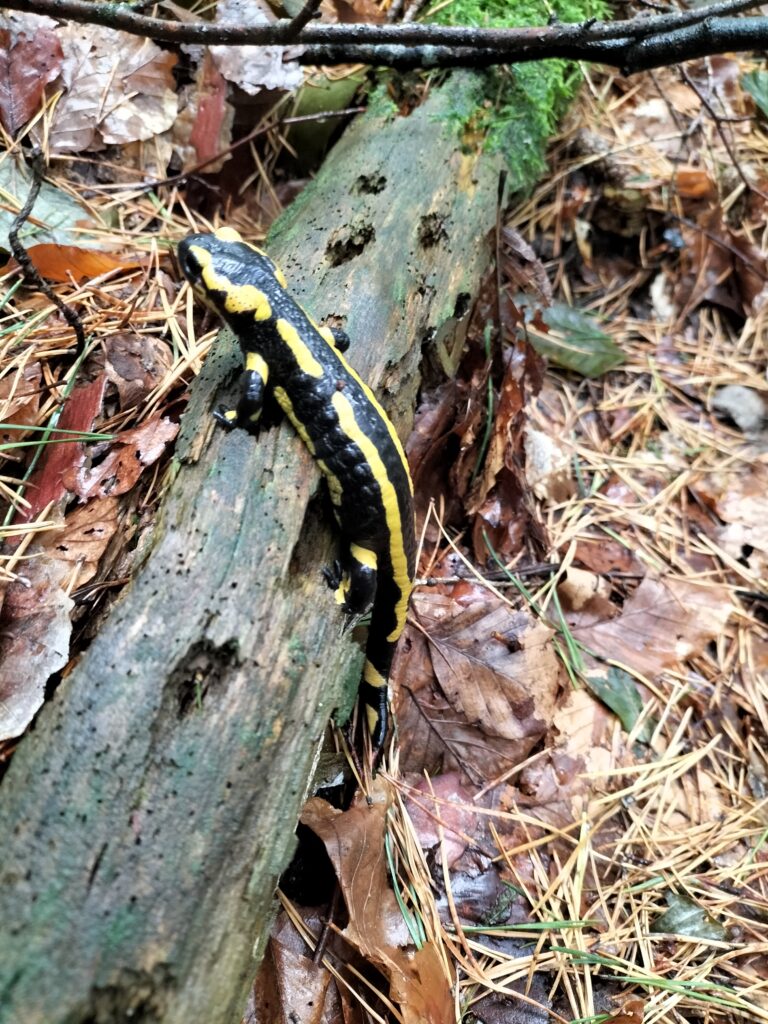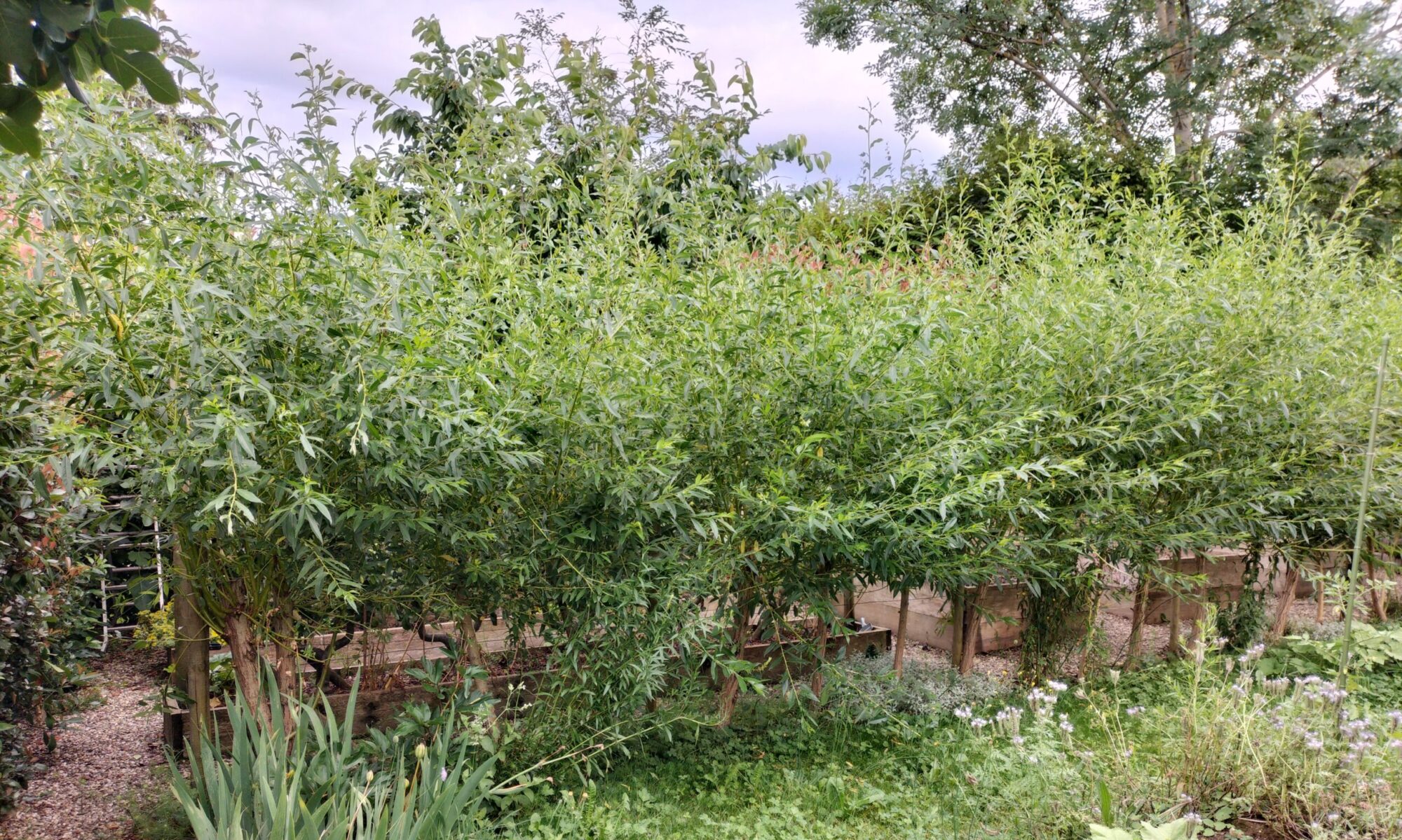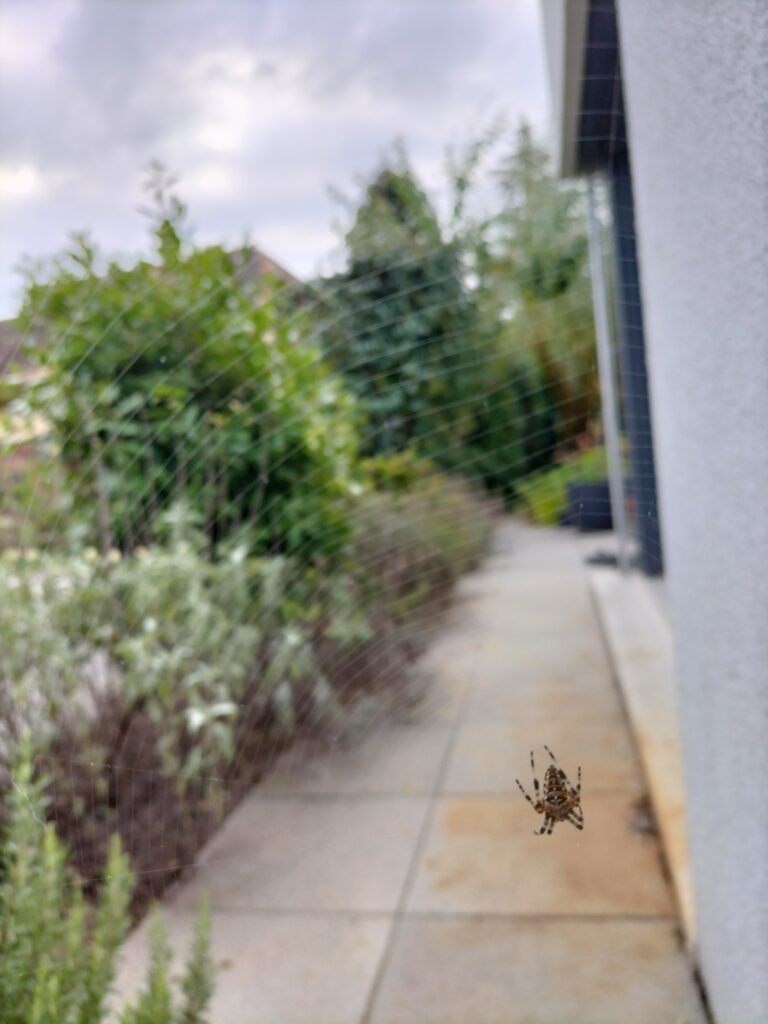
This is one of the eight salamanders I saw in the forest earlier this week!
My last post was about how traffic exemplifies our interconnectedness as human beings, and encouraged compassion on those parts of the traffic (and ourselves) that cause us difficulties. This afternoon it was my turn to be one of those difficult parts.
I accidentally drove the wrong way down an aisle of a shopping centre car-park and was confronted by the incandescent rage of a motorist coming in the opposite (correct) direction. In my defense, I had someone with reduced mobility in the car with me and was focused on finding a spot near the entrance – so when I spotted one, I turned in, not realising it meant I was breaking the rules. I was shocked by the violence of the other driver’s reaction, firstly because my misdemeanour didn’t impact upon them directly and secondly because their anger was so out of proportion to the gravity of my crime. I didn’t immediately react to the screaming, scowling and fist-shaking, because in the moment I was mostly curious about what this person was really angry about. However, I was shaken up enough to subsequently drive over a bollard when reversing into a less convenient parking spot.
It just goes to show how much damage can result from choosing to believe the worst about another person and acting on it. As for me, I am going to get myself a cup of tea and try to calm down. Let’s hope the insurance company will deal with the rest of the damage.

